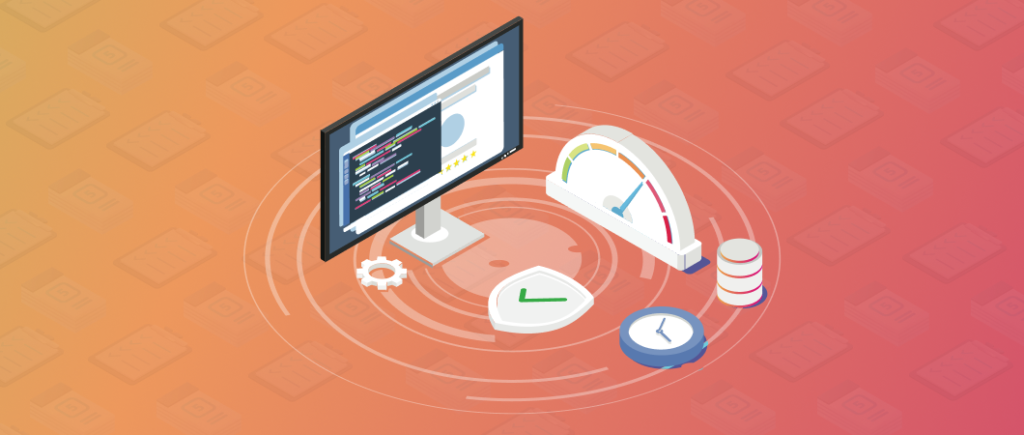Last updated on October 21st, 2024
Modern users expect frictionless and consistent product experiences. As more and more products become cloud-first, performance testing has become one area of extreme importance to product owners
Performance is crucial to driving usage and cementing acceptance of modern-day applications, but it is no longer restricted to carrying out stress testing. It requires organizations to validate the provisioned infrastructure capacity that can cater to new users and their new requirements. This is essential in the race to be agile and resilient in today’s uncertain world.
Performance has always been a core business priority
In today’s digital-first era, thousands of apps are being released every single day; according to a report by Statista, approximately 88.5k mobile apps were released through the Google Play Store in February 2021 alone. Today, these apps are not just limited to social media or communication but have expanded to include lifestyle, entertainment, health and fitness, and more. Access to this array of apps is coloring user expectations of enterprise tools and products too.
Enterprise products have moved beyond the company network and the desktop to become accessible to users from anywhere and anytime. Few enterprise tools exist as desktop-only versions and most straddle the desktop, the web browser, and the mobile interface in a user universe where tasks are seamlessly completed across channels. In this world, users expect the performance of every mobile or web app they use to be impeccable. Of course, this isn’t something new; user expectations have, from the beginning, been linked to the performance of the application being used.
For product development organizations, this means the app and the supporting infrastructure must be able to handle increasing footfall without creating lags or other issues – putting the focus squarely on performance testing.
But what makes performance testing different in 2021?
Most performance testing discussions have revolved around capacity assessment that looks at how the product or app performs on a single setup; this helps define how it may scale and the problems it may encounter. But this is obviously not the complete picture. Only testing how the application will handle the load in an ideal world will not provide a clear picture of how the app will perform in reality – because frankly, ideal conditions are rarely ever found in the real world.
Although performance has always been a critical need of customers, in 2021, product development teams have to start looking at performance testing a bit differently. Today, it has become a nuanced discussion because multiple competencies are required to address performance testing efficiently. For instance, several facets of performance testing need to be looked at:
- Issue identification: Identifying weaknesses is important; teams need to constantly probe the product or application to identify issues, challenges, and points of weakness and make amends to deliver better quality, better-performing products.
- Real-world performance: Teams must look at carrying out tests that check how the application functions not just in an ideal world but also in a real world. Such testing will throw light on how the application will react to load in an environment it is most likely to function in.
- Reporting: Reporting is crucial, with decisions to be made about what to report to the dev team, when, and how? This eventually impacts the fine-tuning teams will have to do to bring the performance at par.
- Stress testing: Teams must also know how and how much to stress the application, be able to analyze why a crash happened, and what are the limits of the application. This is important to analyze how the app will behave if too many people are using it concurrently.
- Integration success: In addition to checking how the product or app performs in isolation, it is also important to check its performance in relation to other third-party apps and systems. This is essential to ensure the app can seamlessly communicate and share data with other apps in the ecosystem.
- Network efficiency: Teams also need to look at how product data travels across the network; they need to assess bandwidth and latency as well as check for blockages and issues. Such insight can provide a better picture of how different facets impact the overall performance of the application.
As performance becomes a key customer requirement and an important differentiator, product development teams have to move beyond load and stress testing and look at performance testing more holistically. Right from how the product functions in the real world, how it integrates with other apps in the ecosystem, how product data travels across the network, and more. In today’s complex tech and business landscape, taking this new approach to performance testing is the only way to keep up with the pace of change, exceed customer expectations, and outdo the competition. This is the new mandate of performance testing.



